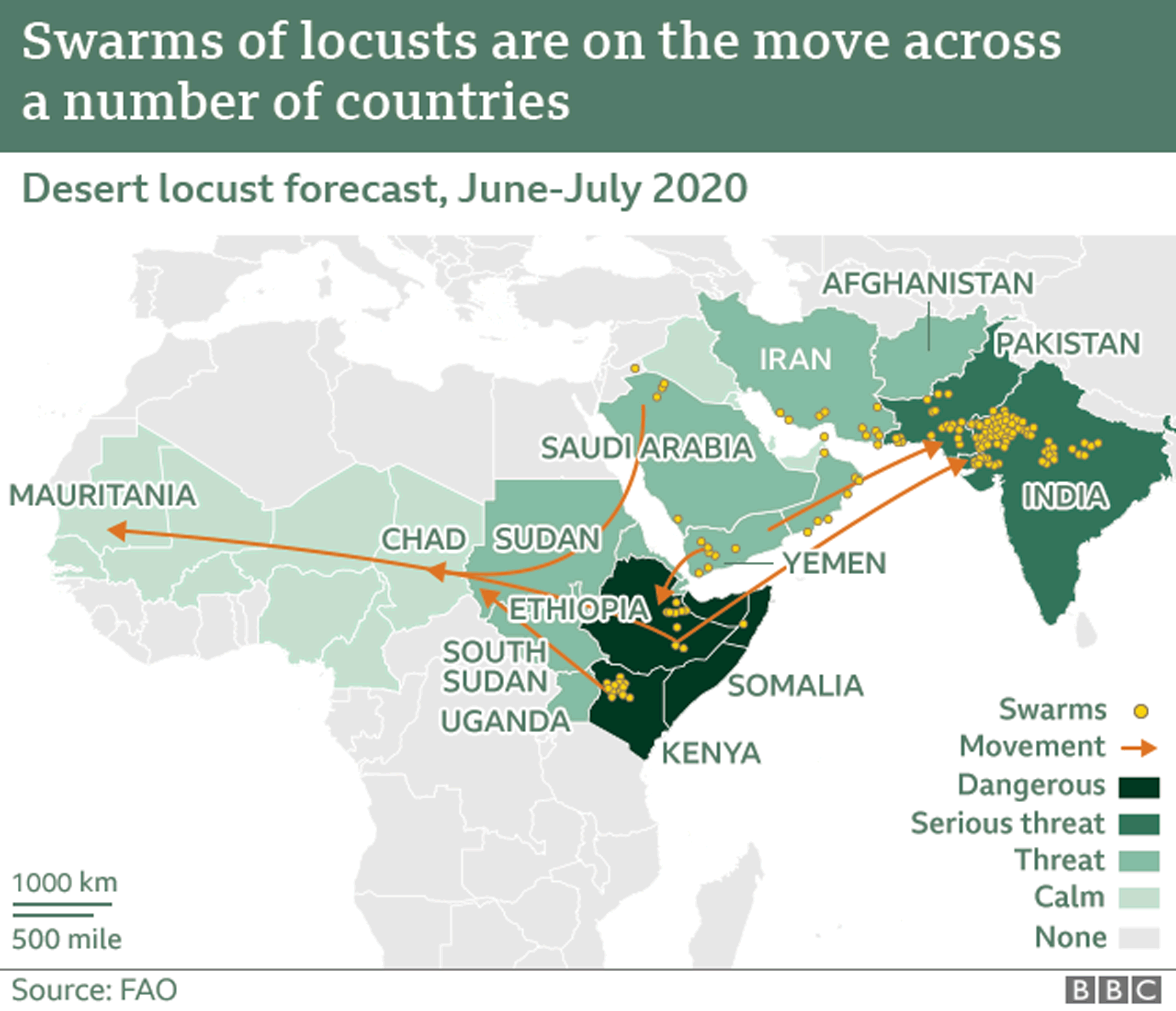Alaskan volcano linked to mysterious period with extreme climate in ancient Rome
The cold, famine and unrest in ancient Rome and Egypt after the assassination of Julius Caesar in 44 BCE has long been shrouded in mystery. Now, an international team, including researchers from the University of Copenhagen, has found evidence suggesting
PHYSICS The cold, famine and unrest in ancient Rome and Egypt after the assassination of Julius Caesar in 44 BCE has long been shrouded in mystery. Now, an international team, including researchers from the University of Copenhagen, has found evidence suggesting that the megaeruption of an Alaskan volcano may be to blame.
e.Dark times befell upon the Mediterranean around the time of Julius Caesar's assassination in 44 BCE. Written accounts describe the region as severely impacted by unusual cooling, failed harvests, famine and disease, all of which combined to contribute to the fall of the Roman Republic and Ptolemaic Kingdom. While researchers long suspected that a volcanic eruption was to blame, they were unable to pinpoint exactly where and when such an eruption might have occurred.
The brightness of the sun was darkened, the disc was pale for a year and the sun did not rise with its usual brilliance and force. It gave but slight heat. For this reason, the crops brought forth were so poor and immature that they rotted in the cold air.
Greek Roman philosopher Plutarch describing the weather in the wake of Julius Caesar's death
Now, an international team, including researchers from the University of Copenhagen's Niels Bohr Institute, the Desert Research Institute in Reno, Nevada and the University of Bern has analysed volcanic ash in Greenlandic ice core samples, which together with historical accounts, can be linked to an inexplicable cooling event in the Mediterranean region during this crux in the history of Western civilization.
The ash comes from the remote Okmok volcano in Alaska's Aleutian Island Chain. According to the ice core tests, the volcano experienced a two-year megaeruption that began in early 43 BCE, one that filled Earth's atmosphere with enough smoke and ash to significantly impact climate.
"The eruption is regarded as one of the largest volcanic eruptions of the past 2,500 years. Using the ice core samples, climate models and historical records, we are quite certain that the eruption is linked to the violent climatic changes noted around the Mediterranean and in Rome," says Jørgen Peder Steffensen, professor of ice, climate and geophysics at the Niels Bohr Institute and one of the researchers behind the discovery.
Coldest years in the Northern Hemisphere
In an extensive collaboration with historians and others, researchers collected prehistoric climate data from around the planet to confirm the likelihood that this particular eruption was responsible for widespread climate change. The sources of evidence include tree ring archives from Scandinavia, Austria and California and a Chinese cave formation.
The researchers' extensive analysis of climate during this ancient era demonstrates that the years after the Okmok eruption were some of the coldest in the northern hemisphere over the past 2,500 years. The researchers' climate models indicate that temperatures were roughly seven degrees Celsius below normal during the summer and autumn after the eruption in 43 BCE.
"Historical accounts describe how wet and extremely cold weather led to poorer harvests, as well as how the Nile overflowed its banks--destroying crops and leading to famine--all of which correlates with our results," says Jørgen Peder Steffensen.
While the researchers believe that a variety of factors contributed to the fall of the Roman Republic and Ptolemaic Kingdom, they maintain that Okmak's eruption played an unmistakably large role and that their discovery serves to fill in gaps which have been missing in history books dealing with the era.
The research was recently published in the journal Proceedings of the National Academy of Sciences (PNAS)
Facts:
The Niels Bohr Institute's Ice and Climate Group has been working on the "Caesar Volcano" since the 1980's. The group was the first in the world to systematically use the counting of annual layers in ice cores to date volcanic eruptions.
The group also invented the ECM-method (Electric Conductivity Method) to find volcanic ash in ice cores. ECM consists of placing two electrodes along fresh ice cores and measuring resistance. Sulphuric acid from volcanoes changes the resistance in the ice, making it quite easy to identify volcanic layers.
The new research article is the latest in more than 40 years of work on the volcano.
###













